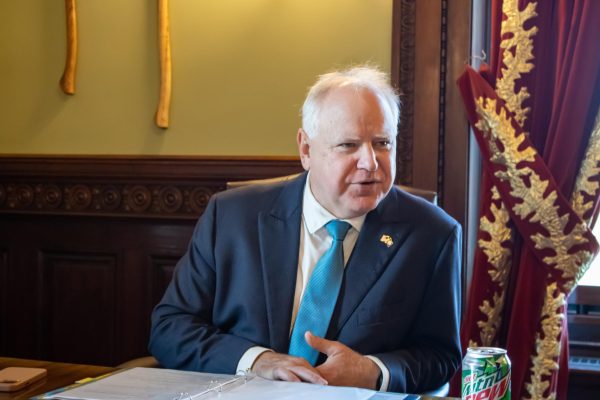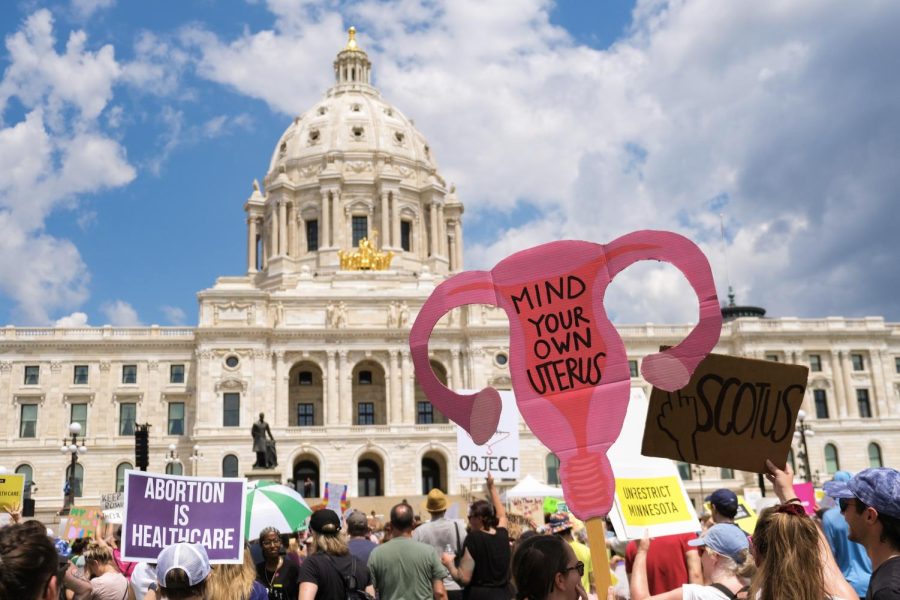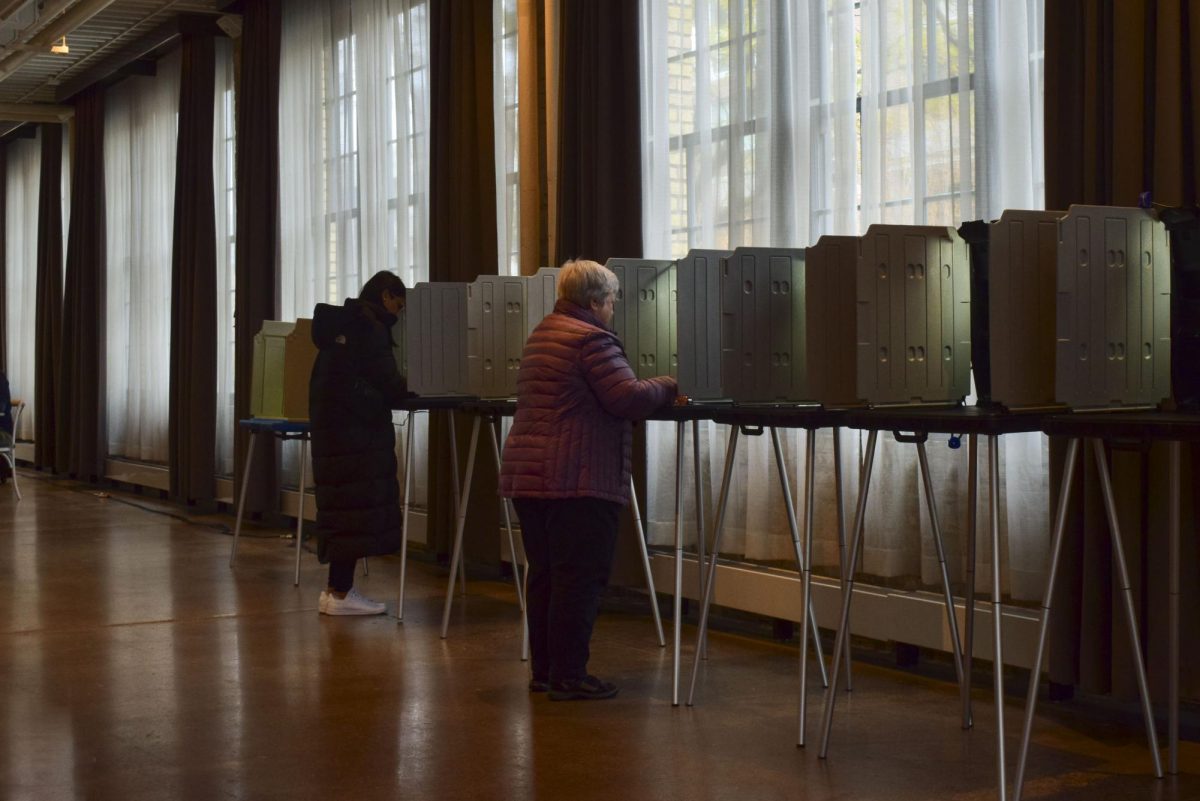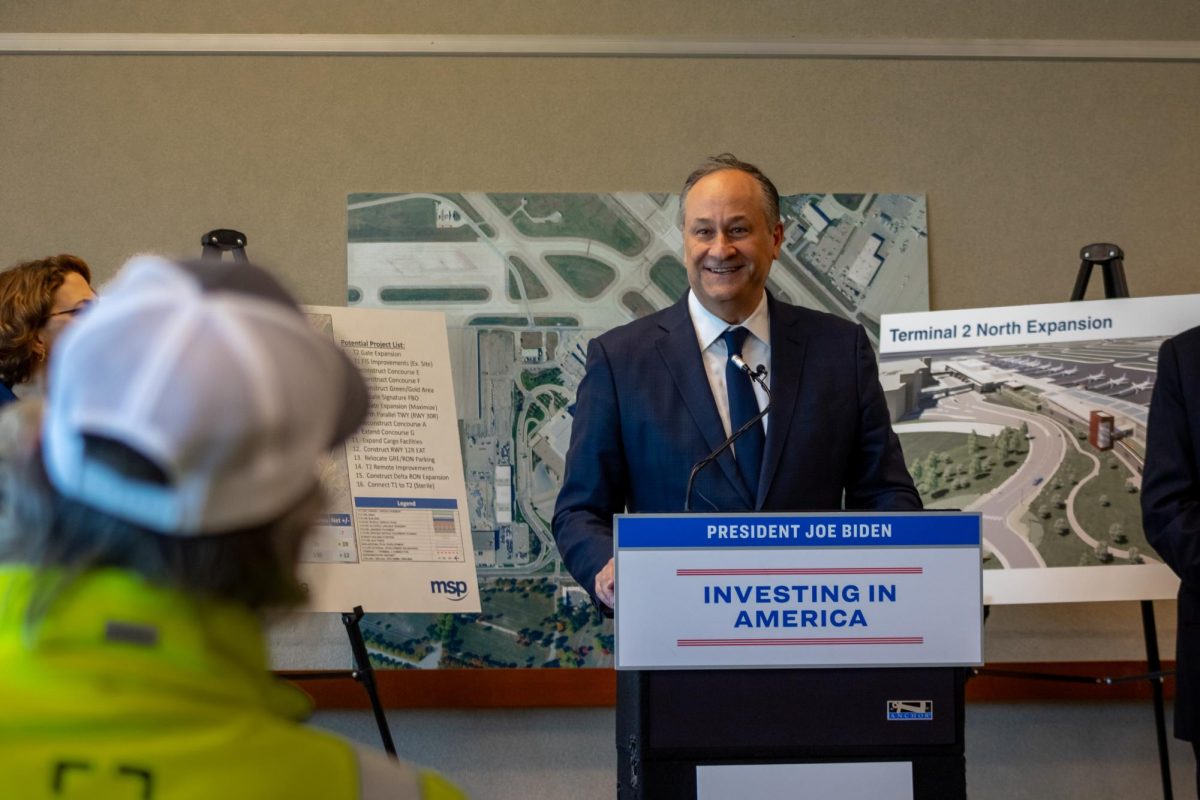EDITOR’S NOTE: This is the first story in an extended series detailing various facets of the financial crisis and its effect on the University, students, day-to-day life and everything in between.
WednesdayâÄôs will look at the overall state of the economy, particularly issues facing Minnesota as it looks at a projected multibillion-dollar deficit heading into 2009âÄôs legislative session.
The financial crisis has touched many pieces of the nationâÄôs economy, and the University is no different. From a âÄúhiring pauseâÄù to an executive salary freeze, the University and the rest of America will undoubtedly face increasing economic pressure.
Through this series, we aim to give readers a comprehensive look at the economic issues facing Minnesota and the U.S., and issues still to come.
If the Board of Regents approves a $74.5 million bonding request at its December meeting, the University of MinnesotaâÄôs requests for the next legislative session will top $215 million . The requests, which include the $141.2 million biennial budget request for 2010-11 , come at a time when the state faces a projected deficit of more than $1 billion and state-funded institutions across Minnesota are looking for ways to cut costs. Tom Stinson , state economist and University professor of applied economics, said the exact state budget deficit is expected to be more than $1 billion for the 2010-11 biennium. The current economic troubles are rooted in problems in the housing and financial markets, Stinson said, to the point where he predicts the U.S. economy to shrink in the future. âÄúThe national economy is in a recession,âÄù he said. âÄúThe expectations and all indications are that it will continue to shrink for a while longer.âÄù All institutions that get funding from the state are expected to suffer from the bad economy, Stinson said. âÄúWhen the economy turns down, people make less money, they spend less money on taxable items, corporate profits are down, so the stateâÄôs revenues fall back as well,âÄù he said. âÄúThereâÄôs just not going to be enough money to fully fund all of the stateâÄôs obligations.âÄù The University has taken steps recently to curb the effects of the struggling economy, including a hiring pause and a freeze on executivesâÄô salaries , including that of University President Bob Bruininks . But some, including State Sen. Sandy Pappas, DFL-St. Paul , say the University needs to do more, as its budget request is unlikely to be paid in full. âÄúThe University will be very lucky if we donâÄôt cut [its budget],âÄù Pappas said. With the economy the way it is, the University needs to work more cost effectively, Pappas said, considering options from offering more online classes to holding off on new initiatives. âÄúI know itâÄôs difficult for any major institution to make changes quickly,âÄù she said. âÄúIt probably would have been a good idea last time we had one of these budget problems for the University to institute changes then in preparation for it happening again, because here we are.âÄù In 2003, the state Legislature cut the UniversityâÄôs budget by more than $198 million. Tuition increased 14 percent the following year , and University administrators have said a larger tuition increase than the 4.5 percent planned is not out of the question. âÄúThis is going to be a difficult and challenging time for our state, our country, and the University of Minnesota,âÄù Bruininks said at the Board of Regents meeting on Friday. âÄúIt will be a time when we have to make some difficult choices, may need to set some very difficult and challenging priorities.âÄù The University is not the only higher education institution adjusting for looming economic problems. The Minnesota State Colleges and Universities Board of Trustees will discuss its $126.7 million biennial budget request on Wednesday . If approved, the request would be smaller than the $177 million requested for the 2008-09 biennium . Melinda Voss , spokeswomen for MnSCU, said schools in the system are evaluating their finances as well. âÄúCleary in this time of economic stress, our college and university presidents are looking at everything they can to find ways to make the most efficient use of the dollars and to cut expenses,âÄù Voss said.







